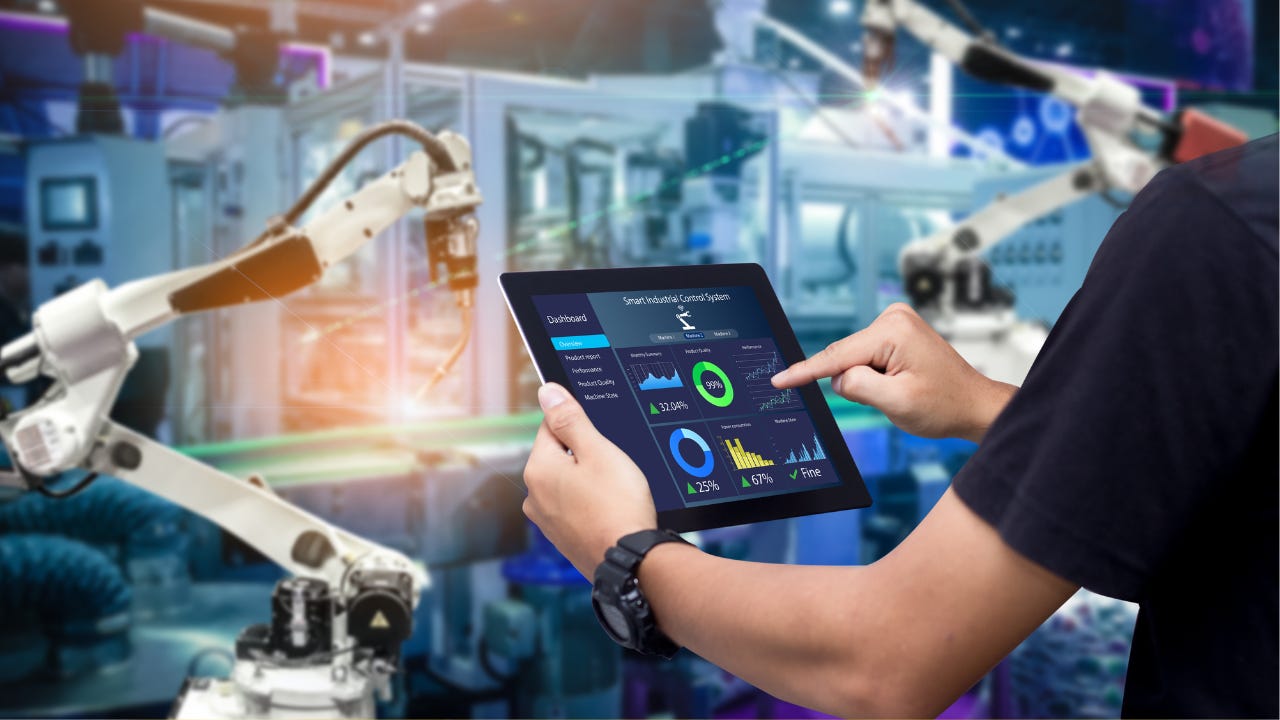AI-powered smart hospitals redefine healthcare delivery with $161b market potential
Intelligent ecosystems are leveraging real-time data and ambient technologies to enable predictive solutions.
May 21, 2025

Smart hospitals are no longer a vision of the future. They are operational realities. These intelligent ecosystems leverage data, AI, and ambient technologies to listen, diagnose, and predict in real time. With tools like AI-driven pain detection and wearables-enabled post-surgical monitoring, healthcare is shifting from reactive to predictive care; cutting delays, empowering clinicians, and improving outcomes.
Health tech on the rise
With a projected CAGR of 12.02 per cent from 2025 to 2033, the global smart hospital market is set to grow from US$58.18 billion in 2024 to US$161.59 billion. This expansion is powered by automation, AI-assisted diagnostics, IoT-enabled medical equipment, and virtual care platforms.
“The cat’s out of the bag here on consumerism. Patients are going to drive us based on their comfort and utilisation of technology,” said Tressa Springmann, CIO at LifeBridge Health, during a 2023 HIMSS panel on digital health transformation.
In the face of rising patient loads and clinician burnout, the solution isn’t more beds but smarter systems.
“There’s no cavalry of nurses on the horizon. We need to create capacity by using technology,” said Chris Mate, CIO of Elara Caring, in Healthcare IT Leaders (2024), highlighting the urgency of scalable digital infrastructure.
AI, quantum tools, and smarter workflows
Technologies once seen as futuristic are now transforming diagnostics and clinical workflows. AI tools can scan chest X-rays for pneumonia or lung cancer in seconds, integrating with radiology and EHR platforms for faster decisions. Command centres powered by IoT sensors continuously monitor vitals and equipment to support early intervention.
Quantum computing is being explored to simulate molecular interactions accelerating drug discovery and enabling personalised therapies.
NLP-powered ambient listening tools now transcribe patient-clinician interactions in real time, easing documentation and letting providers focus more on care.
Wearables and predictive operations
Wearables and connected sensors are central to smart hospitals, especially in rehab and remote monitoring. In geriatric care, these tools help detect falls, guide recovery, and provide real-time updates to clinicians. Digital rehab platforms now support smart referrals and remote tracking, streamlining recovery especially for stroke and mobility patients.
With predictive analytics and IoT integration, hospitals can forecast patient flow, optimise bed usage, and prevent care delays, boosting efficiency and resource allocation.
Beyond the hospital walls
Smart care is no longer confined to hospital buildings. Cloud diagnostics, AI platforms, and wearable tech now enable continuous monitoring and medication management from home easing pressure on facilities while improving access and outcomes.
“The traditional office visit is dead,” noted Dr. Eve Cunningham, Chief of Virtual Care at Providence, in a HIMSS spotlight interview (2024). “We must rethink care delivery models to reflect how patients live and access services today.”
Real-time analytics are also redefining early intervention.
Hospitals can now identify conditions like sepsis or heart failure before symptoms appear, enabling faster, often life-saving responses.
Cybersecurity in smart systems
With health tech advancements, cybersecurity becomes mission critical. According to the Journal of Medical Internet Research, “the healthcare sector is a prime target for cyber criminals due to valuable data and limited resources.” Hospitals must prioritise AI-based threat detection, blockchain records, and encrypted infrastructure to maintain trust and resilience.
Is your hospital future-ready?
Smart hospital solutions go beyond convenience. They create a responsive, intelligent ecosystem. But achieving that requires intentional strategy:
Assess digital maturity and infrastructure gaps
Invest in scalable, interoperable platforms
Embed cybersecurity into every layer
Form cross-functional digital leadership teams
Define KPIs tied to patient and operational outcomes
Scale tech adoption in phases, starting with high-impact areas
The future of healthcare isn’t coming. It’s already here. Forward-thinking hospitals aren’t waiting. They’re building it now.
